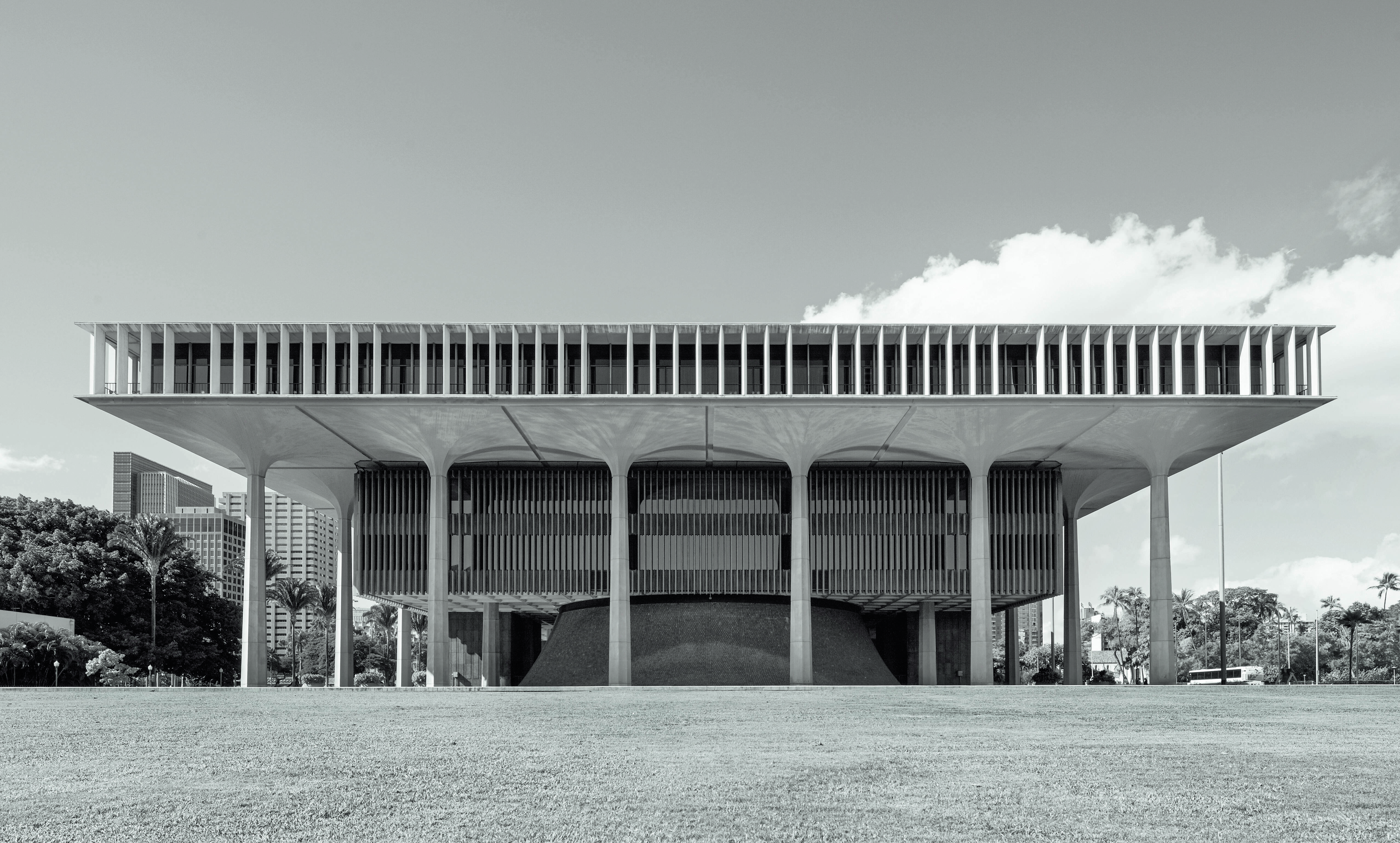
The architecture of optimism
Glamourous, forward thinking and expressive, the buildings in Atlas of Mid-Century Masterpieces reflect an era when the world was full of hope
Dynamic, colourful, bold, and rooted in the unparalleled optimism of the 1950s and 60s, Mid-century modern style is perhaps the most revered, admired and loved among fans of architecture young and old.
This was the golden age of sculptural statements; towering glass curtains, curvaceous concrete shells and colourful facades all reproduced on a grand scale, from airport terminals and office blocks to university campuses and embassies.
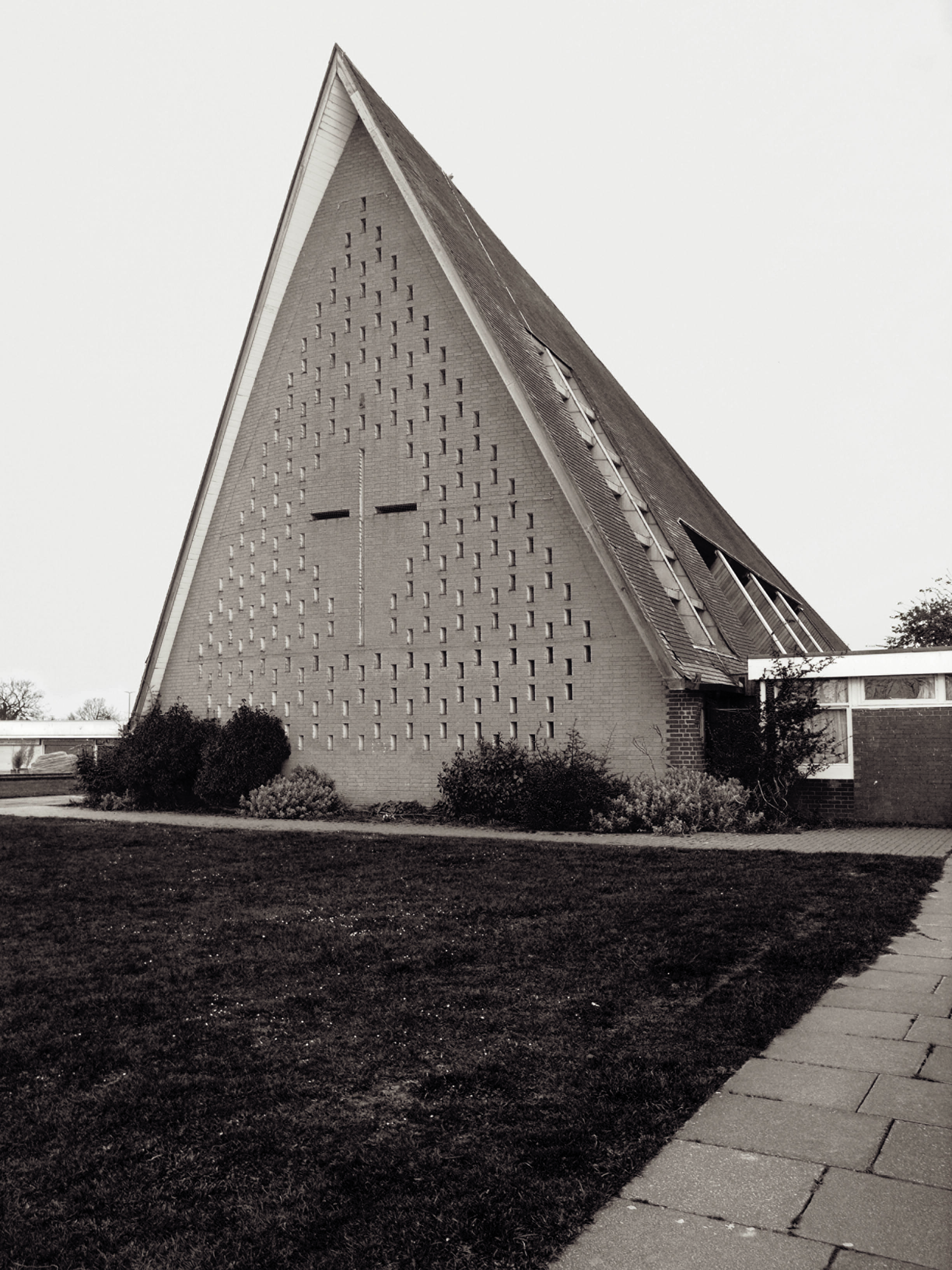 St John’s Church, Peter Bosanquet, Hatfield, Hertfordshire, Great Britain, 1960. Picture credit: Steve Cadman
St John’s Church, Peter Bosanquet, Hatfield, Hertfordshire, Great Britain, 1960. Picture credit: Steve Cadman
For a short period of time, boundaries of all kinds seemed to fall away against a backdrop of the post-war consumer boom, the rise in international travel, the space race, and rampant globalization.
Our new book Atlas of Mid-Century Modern Masterpieces is a fascinating survey of some of the most glamorous architecture from across the world. The perfect companion to Phaidon’s Atlas of Mid-Century Modern Houses, (first published in 2019), this new compendium looks beyond the single-family house, instead focusing on the large-scale projects that truly defined the attitudes of the period.
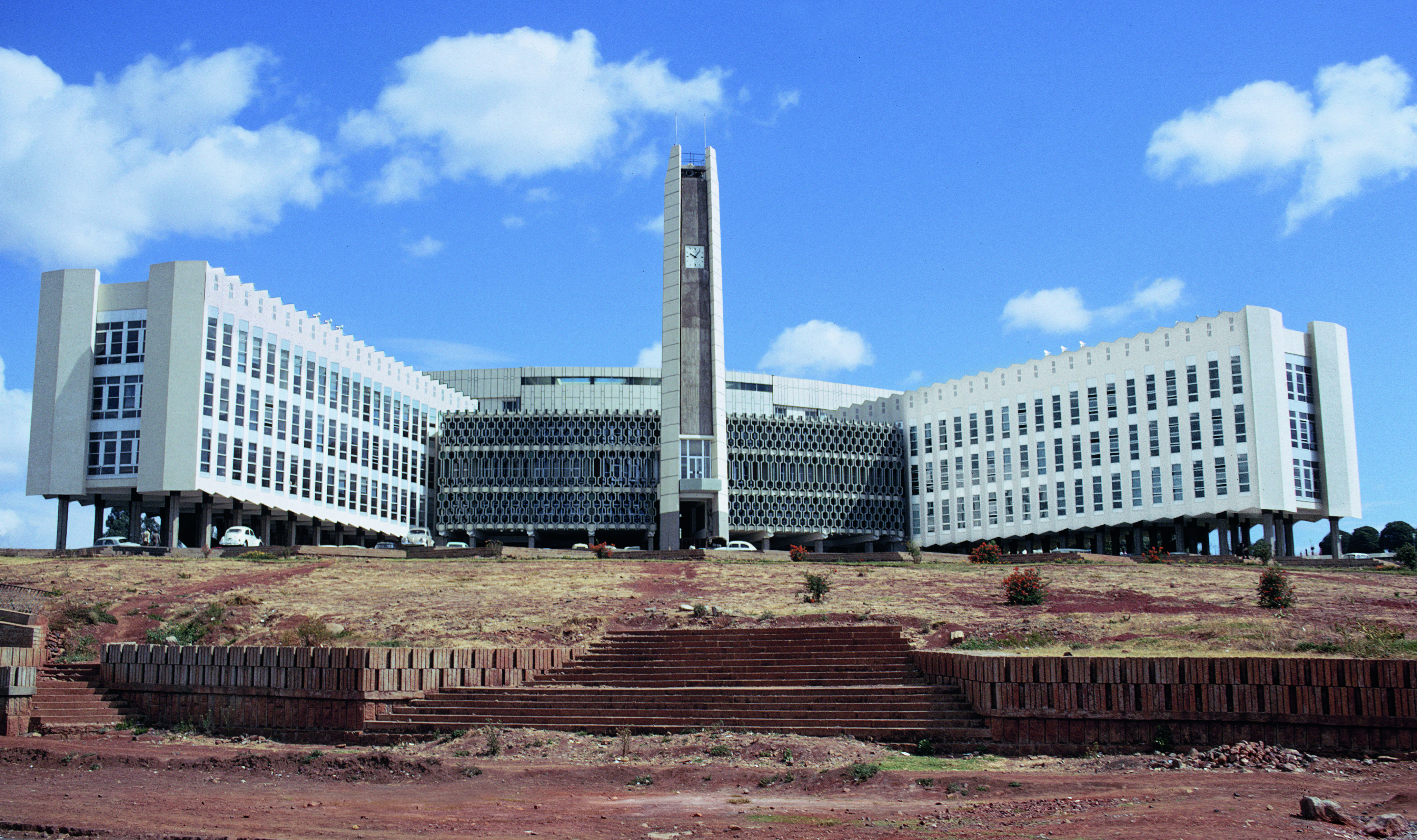 City Hall, Arturo Mezzedimi, Addis Ababa, Ethiopia, 1965. Picture credit: ETH
City Hall, Arturo Mezzedimi, Addis Ababa, Ethiopia, 1965. Picture credit: ETH
Masterpieces from some of the most notable architects of the time, such as Welton Becket’s legendary Capitol Records building in Los Angeles, resembling the stacked records on an old-fashioned, Dansette auto changer), Ludwig Mies van der Rohe’s statement Seagram skyscraper in New York, Oscar Niemeyer’s presidential palace in Brasilia and Kenzō Tange’s yin-yang-shaped gymnasium built for the Tokyo Olympics in 1964, sit alongside less well-known gems, such as a hospital building in Libreville, an arctic cathedral in Tromsø and an apartment building in Sydney.
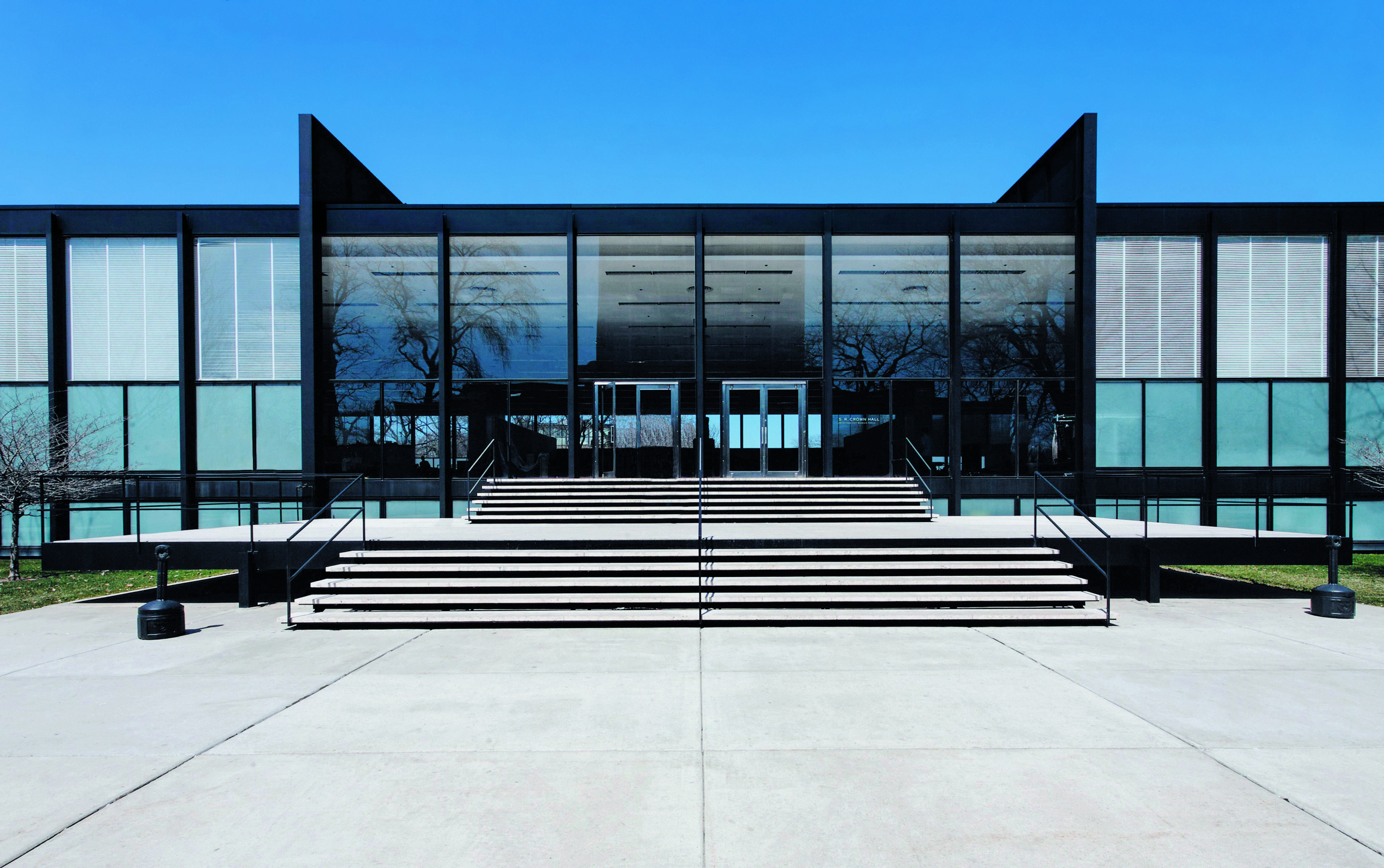 Crown Hall, Illinois Institute of Technology, Ludwig Mies van der Rohe, Chicago, Illinois, United States, 1954. Picture credit: Library of Congress
Crown Hall, Illinois Institute of Technology, Ludwig Mies van der Rohe, Chicago, Illinois, United States, 1954. Picture credit: Library of Congress
Featuring 450 projects, the book is organised geographically by region and includes buildings on every continent. The book opens in the Americas before taking us west, through Europe and the Middle East, south into Africa, and then across to Asia and Australasia. Specially commissioned maps illustrate the reader’s journey across the world.
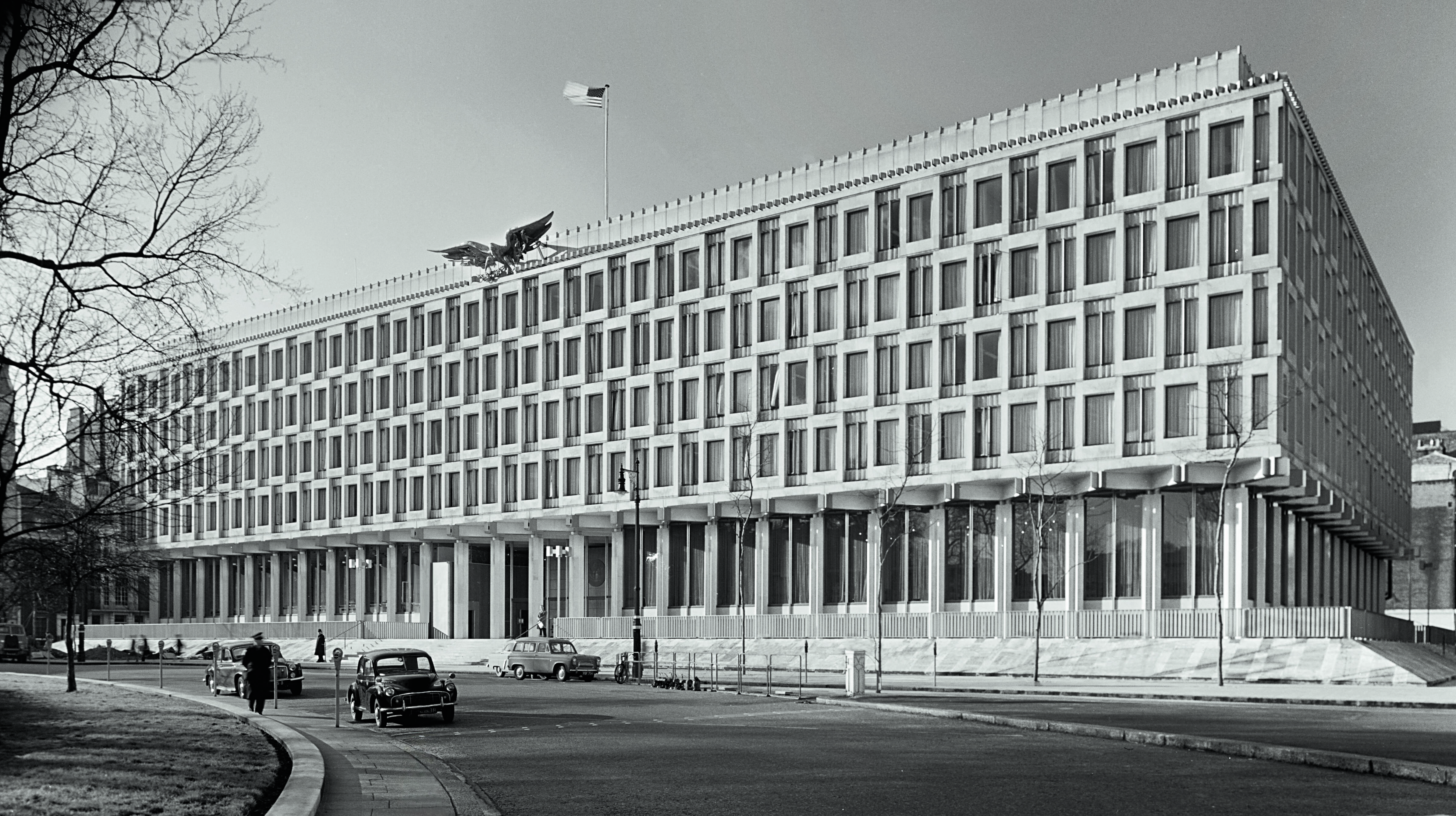 American Embassy, Eero Saarinen, Grosvenor Square, London, Great Britain, 1960. Picture credit: Balthazar Korab Collection
American Embassy, Eero Saarinen, Grosvenor Square, London, Great Britain, 1960. Picture credit: Balthazar Korab Collection
An introduction by author Dominic Bradbury, who also wrote Atlas of Mid-Century Modern Houses, sets the scene. Each entry is accompanied by a short text giving the reader background on the building. Meanwhile a system of icons provides an easy reference system to determine the type of building, whether it is still being used for its original purpose or has been adapted over time, and what condition the building is in – standing, derelict or demolished.
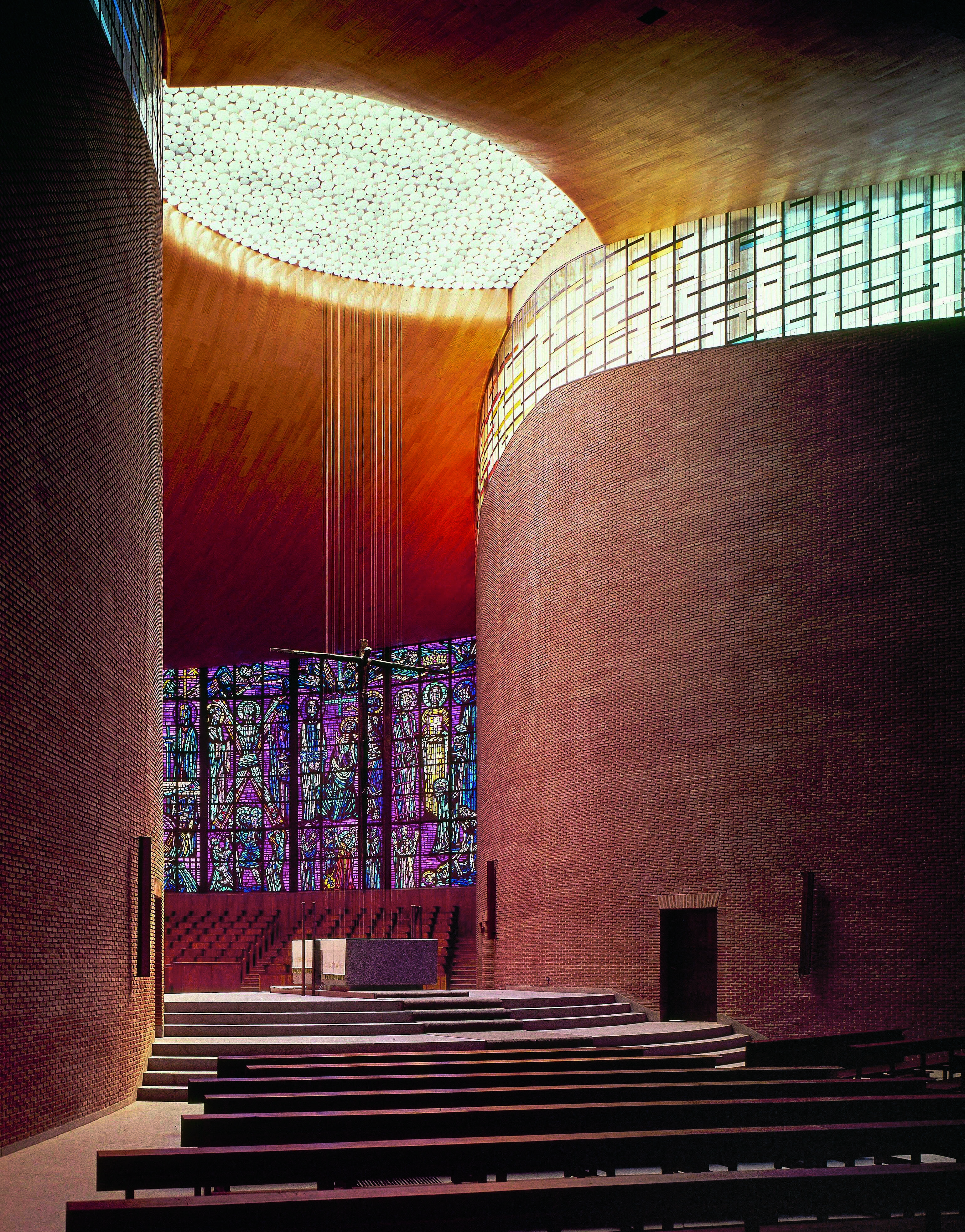 Church of St Peter, Martyr of the Dominican Fathers, Miguel Fisac Serna Alcobendas, Madrid, Spain, 1960. Picture credit: Alamy Stock Photo: Andia
Church of St Peter, Martyr of the Dominican Fathers, Miguel Fisac Serna Alcobendas, Madrid, Spain, 1960. Picture credit: Alamy Stock Photo: Andia
A mix of colour and black and white photography of each building, including from iconic architectural photographers, such as Julius Shulman and Ezra Stoller, showcases the beauty and verve of these structures built during one of the most glamorous periods of modern history.
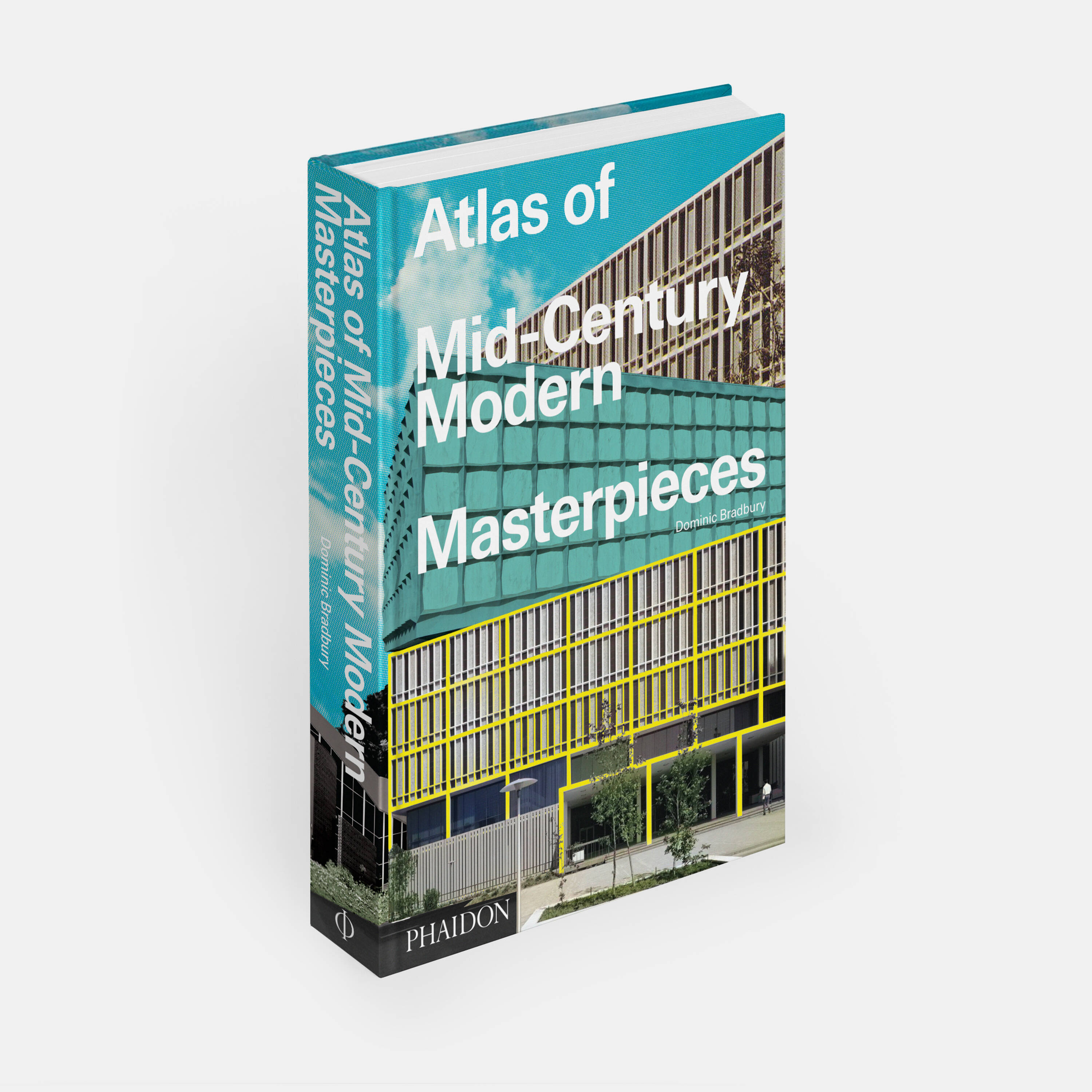
Pre-order the Atlas of Mid-Century Modern Masterpieces here and take a look at Mid-Century Modern Houses here.